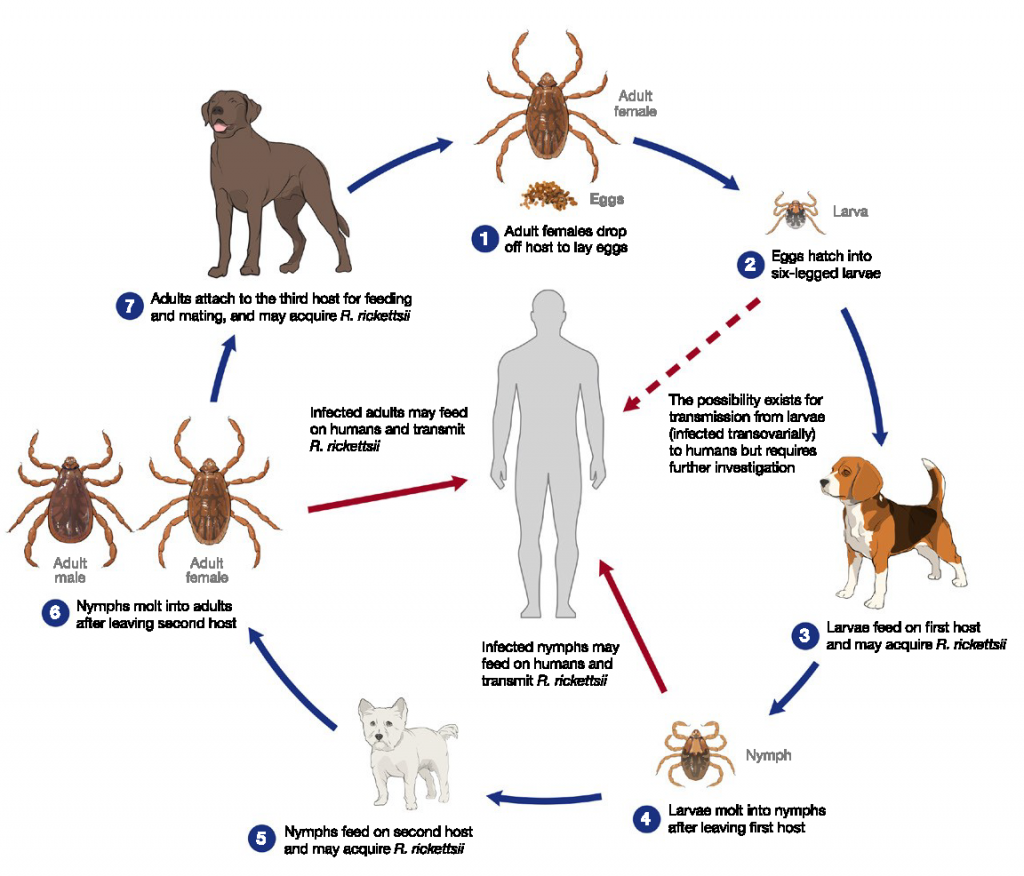tick life cycle canada
The Ixodes scapularis ticks that transmit Lyme disease in Eastern regions of the United States and Canada have a two-year life cycle. 1 The Egg Stage 1 After the adult female tick has acquired a proper blood meal she mates with the adult male tick leaves the host and searches for a suitable spot to lay her eggs.

Typical Life Cycle Of The Blacklegged Tick Ixodes Scapularis And Download Scientific Diagram
Ticks that require multiple molts before reaching maturity can take up to three years to reach full adulthood.

. In Canada it is found from central Saskatchewan and west through Alberta and into British Columbia. The adults of the Blacklegged tick will generally feed on the white-tailed deer during the winter months and mate during this time. Black Legged ticks are the common vector for Lyme Disease.
As they feed their stomach grows and gets darker. Three nymphs of the blacklegged tick are shown in different stages of feeding. A diagram of a ticks life cycle.
The Rocky Mountain wood tick is a three-host tick a new host being sought for each one of its three feedings which occur over a period of 1 to 3 years. Ticks have 4 distinct stages to their life cycle. After hatching the newly-born tick larva requires a blood meal to advance to the next stage of life as a six-legged nymph.
Almost black in colour. However they can lay eggs just about anywhere else and they do. K9 Advantix II This is a liquid product that is applied to the skin along the spine from the neck to the base of the tail.
Lets review the life-cycle of a tick. NexGard This is a new dog product that we started offering this spring. Ticks are not able to lay eggs directly on a host they must first detach.
Dermacentor andersoni is a large reddish-brown to gray-brown tick. As ticks go about these stages they need food and blood is their food. A female tick is capable of laying more than a thousand eggs.
The life cycle of a deer tick lasts about two years and begins in the early spring when an adult female engorged full with blood lays fertilized eggs. Now let us look at their life cycle to get a better understanding. Deer Tick Life Cycle and Active Periods Tick Eggs 1.
Egg larva nymph and adult. Eggs are not dangerous and. Beginning from egg larva nymph and as an adult.
The brown dog tick. The tick requires a blood meal to evolve into each stage of its life. In Canada you will most likely spot the black-legged breed popularly known as the deer tick.
The immature stage of blacklegged tick which become active in late spring continue to be active throughout the summer season. An understanding of these life cycle stages is important when conducting inspections of cattle tick carriers and in understanding the procedures required to eradicate cattle tick from infested land. The life cycle then begins again.
A tick goes through a similar life cycle as other arthropods as the metamorphosis starts at the egg stage moves to larval stages then to the nymphal stage and finally to adult. The life cycle of ixodids can take from 1 to 6 years and involves 4 stages. This Primefact includes topics.
After hatching the larva seeks a host feeds and then drops off to moult to the nymphal stage. In early spring ticks begin to lay their eggs. The Tick or the Egg.
In years when infestations are significant thousands of ticks may attack a single moose causing problems for severely affected animals. A male tick will die soon after mating. The eggs hatch and six-legged larvae emerge from the eggs.
At each stage ticks require a blood meal to survive and develop. These stages are egg larvae or seed tick nymph and adult. Ticks undergo different stages of their life cycle.
Depending on the species and environmental conditions the entire life cycle may take anywhere from a few months to 4 years. The cattle tick life cycle includes parasitic and non-parasitic stages as described in this Primefact. All ticks whether they are hard or soft undergo four developmental stages namely egg larva nymph and adult.
About 03 cm long. It begins in early spring when adult females lay eggs on the. Each tick lives on only one host animal usually a moose.
This is a three host tick with each stage leaving the host to moult prior to finding another host. Once a tick has reached maturity its sole purpose is to reproduce. Unlike the other species of ticks its life cycle allows it to survive and develop indoors which means it can establish itself in colder climates.
Generally adult female hard ticks breed while on the host animal and then drop to the ground to lay eggs. Usually rodents and other small animals serve for the first two feedings and large animals such as deer cattle dogs sheep and humans serve as the host for the last feeding. Clinical signs generally become visible towards the end of winter Februaryand.
After a two-year life cycle a female tick can lay thousands of eggs. It is found mainly in Quebec and Ontario. It is a treat-like chew that is given once every 4 weeks and will prevent tick and flea infestations.
The larval ticks then leave their hosts and moult to nymphs which become active the following spring and early summer looking for small rodents and birds on which to blood feed. In order to prevent bites from ticks the diseases they carry and to properly eradicate these pests better understanding of a tick life cycle is helpful. Very small 015 cm long grey-brown in colour.
When they are fully fed the nymph is. There has been an increased incidence of this parasite as more dogs are traveling with their owners to tropical and semi-tropical destinations and then bringing the ticks back home. The unfed nymphal ticks are.
Two of the most common types are Black Legged ticks formerly know as the Deer Tick and the American Dog tick. Deer tick eggs hatch into larvae in the late summer months during which time they take one blood meal from a small mammal or bird. Egg Larvae Nymph and Adult.
American dog ticks continue questing into the summer months. Inside or out ticks love a warm environment to lay their eggs. The brown dog tick also known as the kennel tick is found through most of the United States and Canada.
This tick feeds on dogs but rarely bites people or cats. Dogs are the preferential host and. Ticks lifecycle begins at the egg stage then proceeds to the larval stage nymphal stage and lastly the adult.
This will kill all types of ticks. Life Cycle of Ticks. The majority of hard ticks require three different hosts to complete their development.
There are dozens of different tick species that are commonly found across Canada. During this development ticks go through four stages of life. Tick activity continues in the summer.
They need blood as their energy source in order to grow and. Each stage of the life cycle requires a blood meal to develop and eggs typically hatch into six-legged larvae after a period of four to 10 days. The nymph then seeks another host feeds drops off and moults to the adult stage.
The life cycle is direct and all life cycle stages - adults eggs nits larvae and nymphs occur on the host. The tick eggs hatch in the summer and the released larvae feed on small mammals and birds and it is from these hosts that the ticks first acquire B. Some female ticks lay one large batch of eggs before dying while others will lay a few smaller batches before reaching the end of their life span.
However adult blacklegged ticks are less active in the summer as they prefer cooler temperatures.

Tick Disease Prevention Tools Deerbusters Canada

The Typical Life Cycle Of The Black Legged Or Deer Tick Ixodes Download Scientific Diagram
Transmission Canlyme Canadian Lyme Disease Foundation
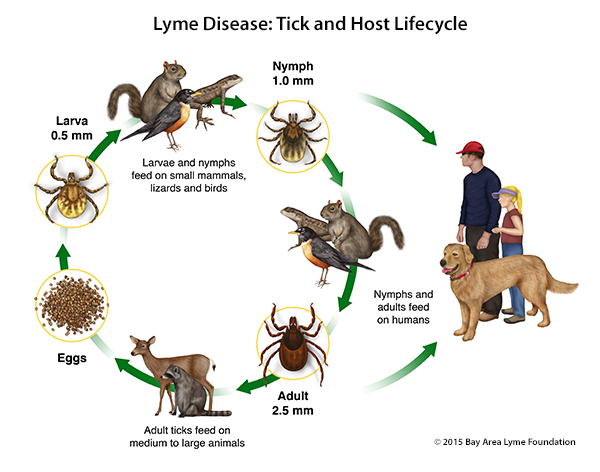
Park Animal Hospital Veterinarian In Mississauga On Canada Lyme Disease

Update Protecting Yourself Your Dog From Ticks Toronto 2020 Royal York Animal Hospital

Update Protecting Yourself Your Dog From Ticks Toronto 2020 Royal York Animal Hospital
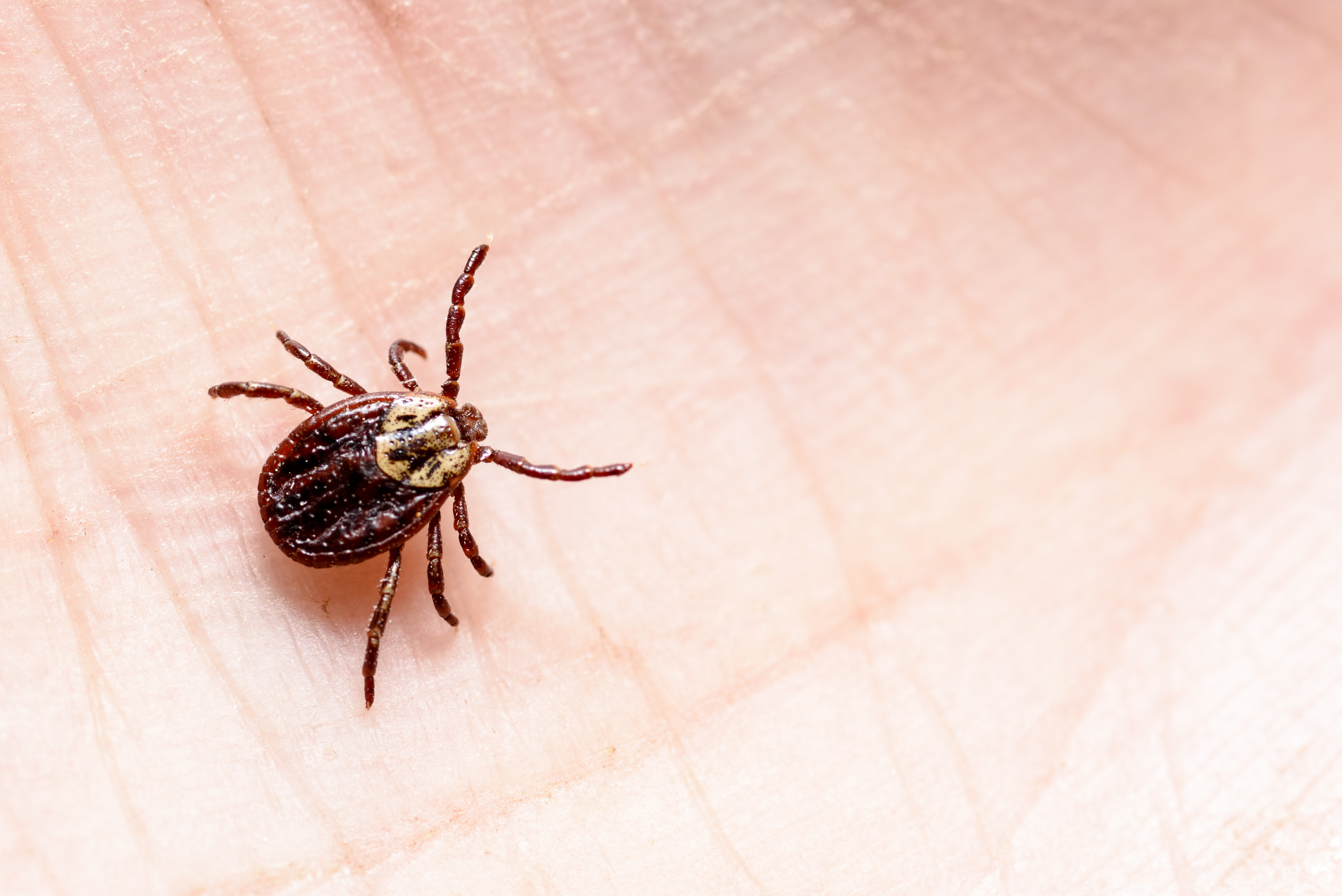
Tick Life Cycle A Review For Spring
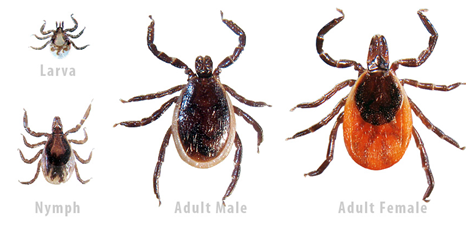
Ticks What Do I Need To Know As An Atlantic Canadian Mountain Road Animal Hospital

Life Cycle Of The Ixodes Tick Vectors Of Lyme Borreliosis Reservoir Download Scientific Diagram
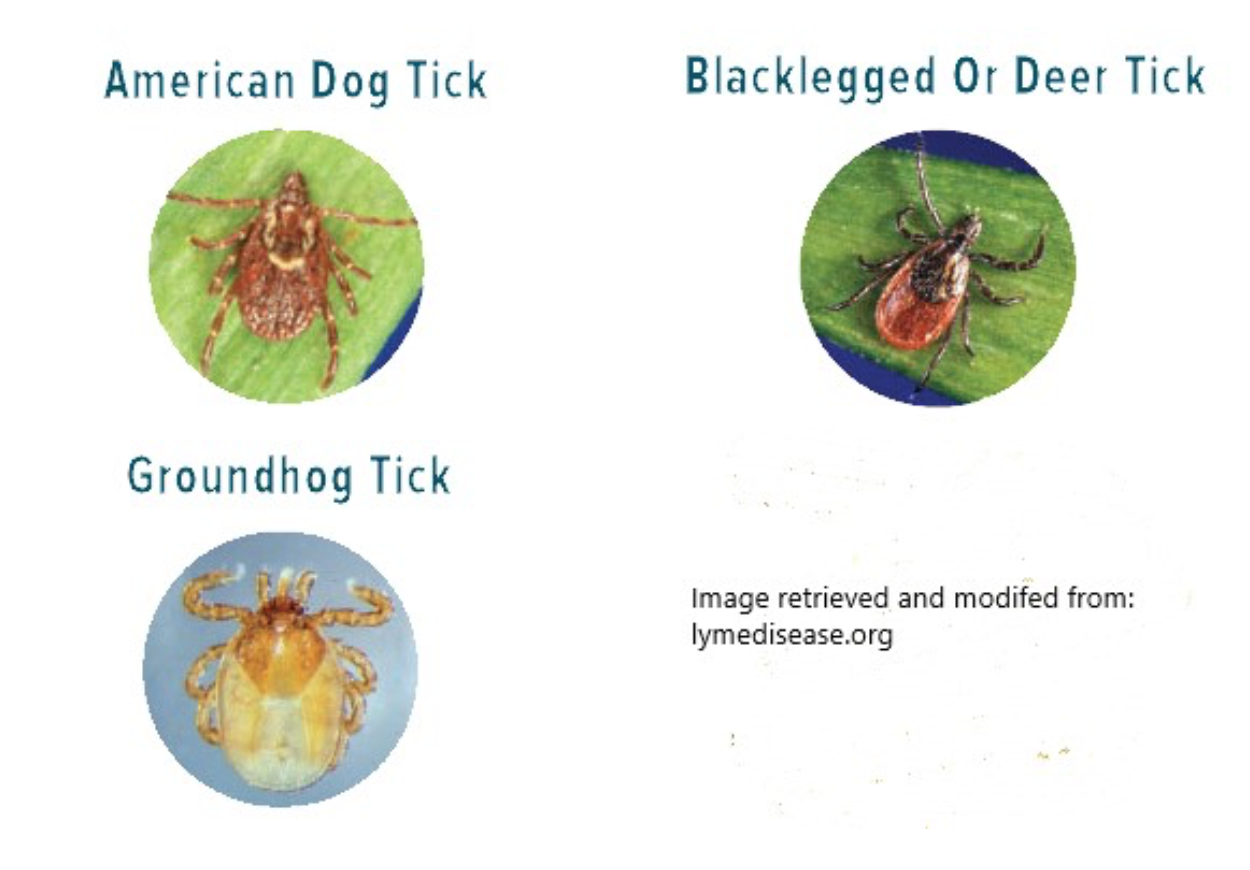
Ticks Lyme Disease And Our Pets St David S Veterinary Clinic

Ticks Vectors Of Disease River Grove Animal Hospital Mississauga On

The Typical Life Cycle Of The Black Legged Or Deer Tick Ixodes Download Scientific Diagram
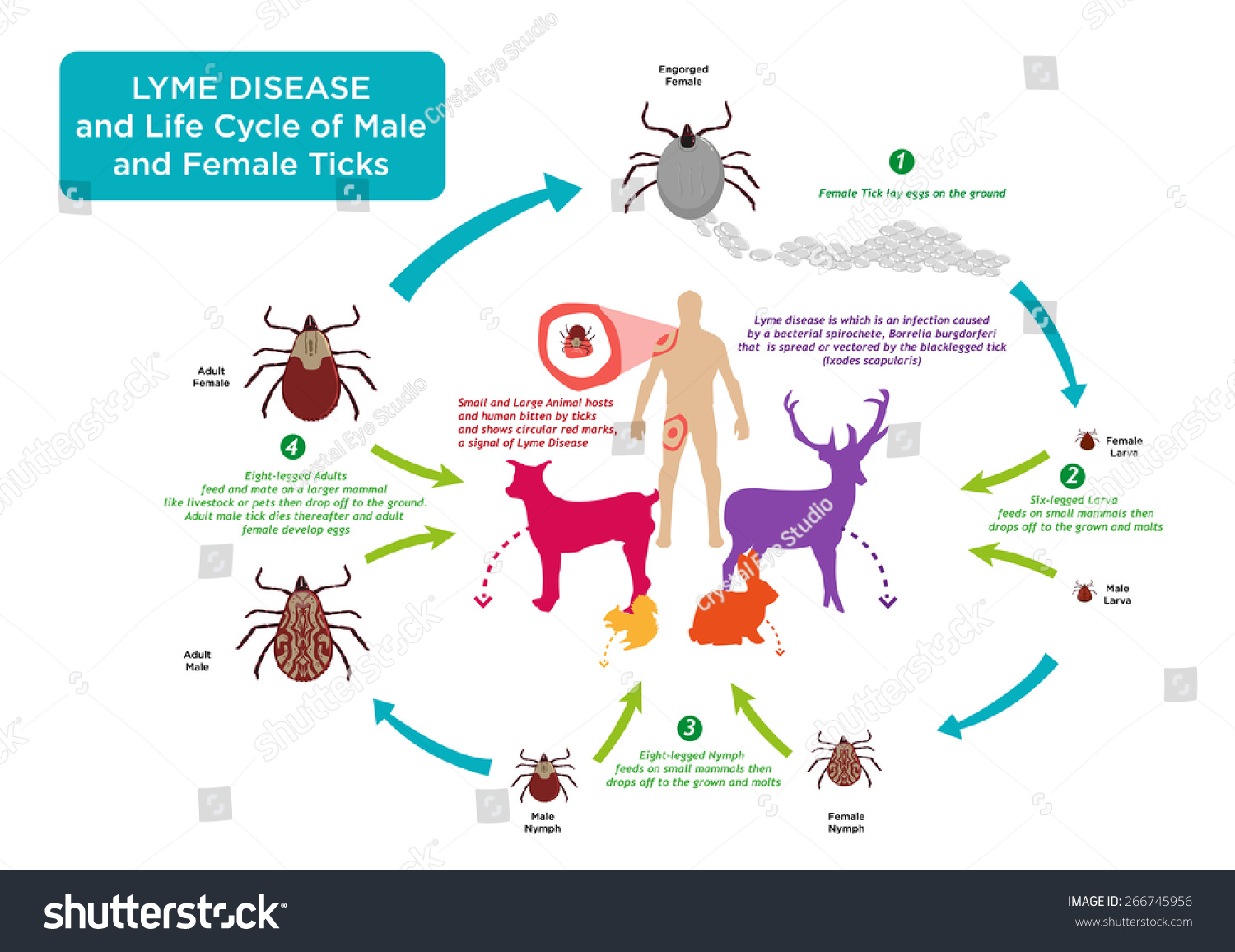
Life Cycle Tick Bug Common Hosts Stock Vector Royalty Free 266745956 Shutterstock
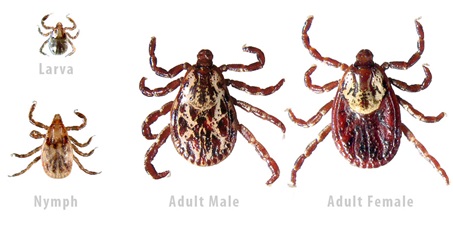
Ticks What Do I Need To Know As An Atlantic Canadian Mountain Road Animal Hospital
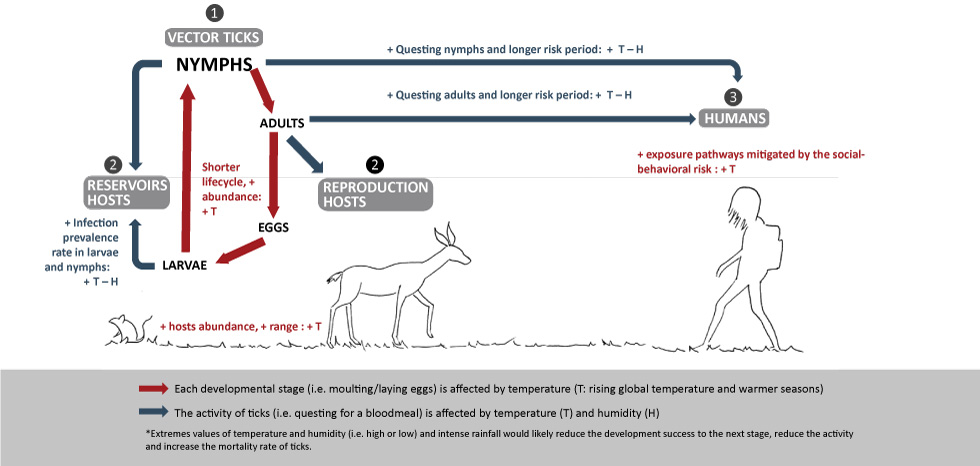
Tick Borne Disease With Climate And Environmental Changes Canada Ca

Typical Life Cycle Of The Blacklegged Tick Ixodes Scapularis And Download Scientific Diagram


